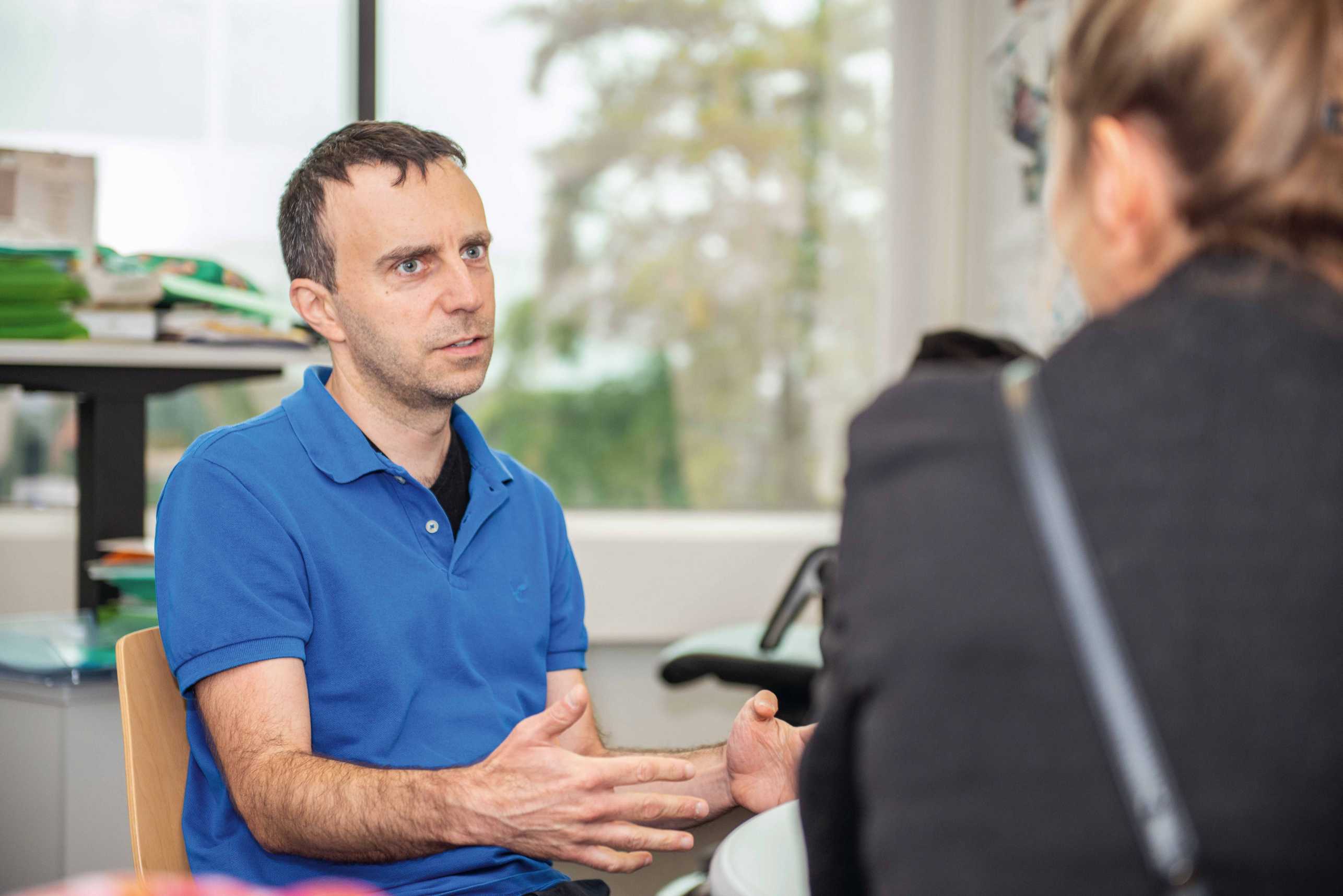Bridging the Gap with Policy Fellow Regina Witter
The new ETH Policy Fellowship aims to foster greater understanding between government and the academic world. Regina Witter from the Federal Office for Spatial Development was among the first cohort to take part. During her time at ETH Zurich, she was embedded in the research group of Professor David Kaufmann at D-BAUG.
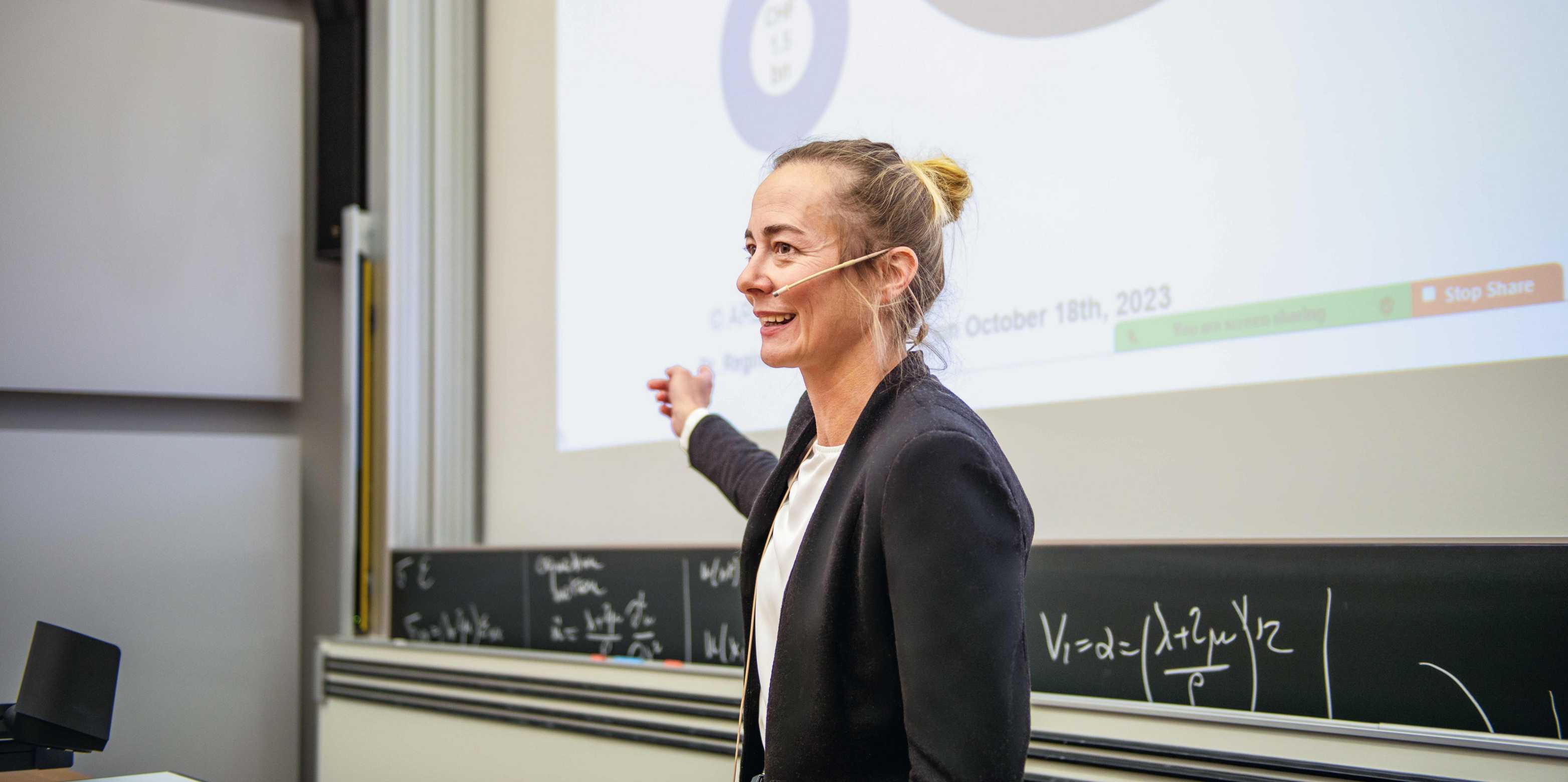
Battery or hydrogen power? Which one will drive the trucks and buses of the future? This question is more than just academic for Regina Witter. As deputy head of the Agglomeration Transport programme at the Swiss Federal Office for Spatial Development (ARE), she helps decide which projects benefit from CHF 1.6 billion of federal funds to promote sustainable spatial and transport planning. “We recently discussed an idea put forward by an agglomeration to convert public bus transport to hydrogen power,” Witter recalls. But does this approach really make technological sense? This was just one of many questions on Witter’s mind when she visited ETH Zurich last autumn.
ETH professors Tobias Schmidt and Russell McKenna are currently investigating the pros and cons of various energy systems. Both agree that battery power, rather than hydrogen, offers the best option for passenger transport. “If you consider the total vehicle costs over its full service life, batteries are significantly cheaper and more efficient,” says Schmidt, who has published a major study on the subject. Regina Witter held one-on-one meetings with both Schmidt and McKenna, delving deep into this topic over the course of several hours. “I was struck by how vehemently both of them argued against the use of hydrogen power for passenger transport,” she explains. “That level of conviction is not something we’ve heard in our department before, and it throws into question whether hydrogen is the right choice for public transport.”
Helping to promote closer consultation between the Federal Administration and the academic world is a new pilot project at ETH Zurich: the ETH Policy Fellowship. Last year, from September to November, three officials from the Swiss Federal Administration spent ten days at ETH. One of them was Regina Witter, who has a doctorate in spatial and transport planning. She took part in workshops, gave a lecture, bounced ideas around with students and met up with a total of 13 experts in the fields of spatial planning, energy and transportation. She describes it as a “rewarding experience that I can heartily recommend to middle-ranking officials at the Federal Administration”.
Two-way traffic
In early 2020, as the SARS-CoV-2 coronavirus began to take hold in Switzerland, the federal government and administration quickly turned to the scientific community for advice on how to handle this complex new situation. Initial efforts at cooperation were bumpy, however, with little mutual understanding of the other’s needs or ways of working. A key lesson of the Covid-19 pandemic has been that communication between government and the scientific community needs to be ongoing rather than merely an ad hoc measure in times of crisis.
It is this problem that the ETH Policy Fellowship is designed to address. “Our aim is to create a network between Federal Administration officials and ETH researchers that is based on mutual understanding and trust,” explains Benedikt Knüsel, ETH liaison officer for the Federal Administration.
The policy fellowships are about facilitating a two-way transfer of knowledge between the Federal Administration and the scientific community. “The idea is that both sides should benefit,” says Knüsel. As well as learning about relevant research, administration officials can develop new ideas in discussion with ETH academic staff and find out where to get information on in specific topics. In turn, they bring valuable knowledge and experience that can help researchers at ETH to better understand how the administration works and what its needs are.
What the public wants
During her time at ETH, Witter was attached to the research group of David Kaufmann, Professor of Spatial Development and Urban Policy. Both Witter and Kaufmann are interested in how and where best to encourage inward urban development – i.e., densification – in Switzerland. Both are convinced that the answer to this question can only lie in an integrated approach to spatial and transport planning.
One of Witter’s roles at the ARE is to promote sustainable transport projects that also encourage densification. Kaufmann, meanwhile, is interested in finding out just what kind of densification the Swiss would prefer. In a large-scale survey, he and his team have shown that urban dwellers are certainly not opposed to further densification. “But they also want to see the creation of affordable housing and of green spaces,” he says.
For Witter, these insights are invaluable: “They help us to assess more accurately what people want from future spatial and transport planning.”
Transport hubs
Another of Kaufmann’s research projects has a direct bearing on Witter’s field of work: the conversion of stations into transport hubs. As Witter explained in a presentation to students and researchers at ETH Zurich, the point of these hubs is “to enable people to switch as smoothly as possible between car, bike, train and bus”. ARE runs a dedicated programme – led by Witter – to promote this policy. In tandem with federal government, Swiss cities and cantons are looking to create transport hubs to improve connectivity between urban and rural areas and relieve pressure on the road network.
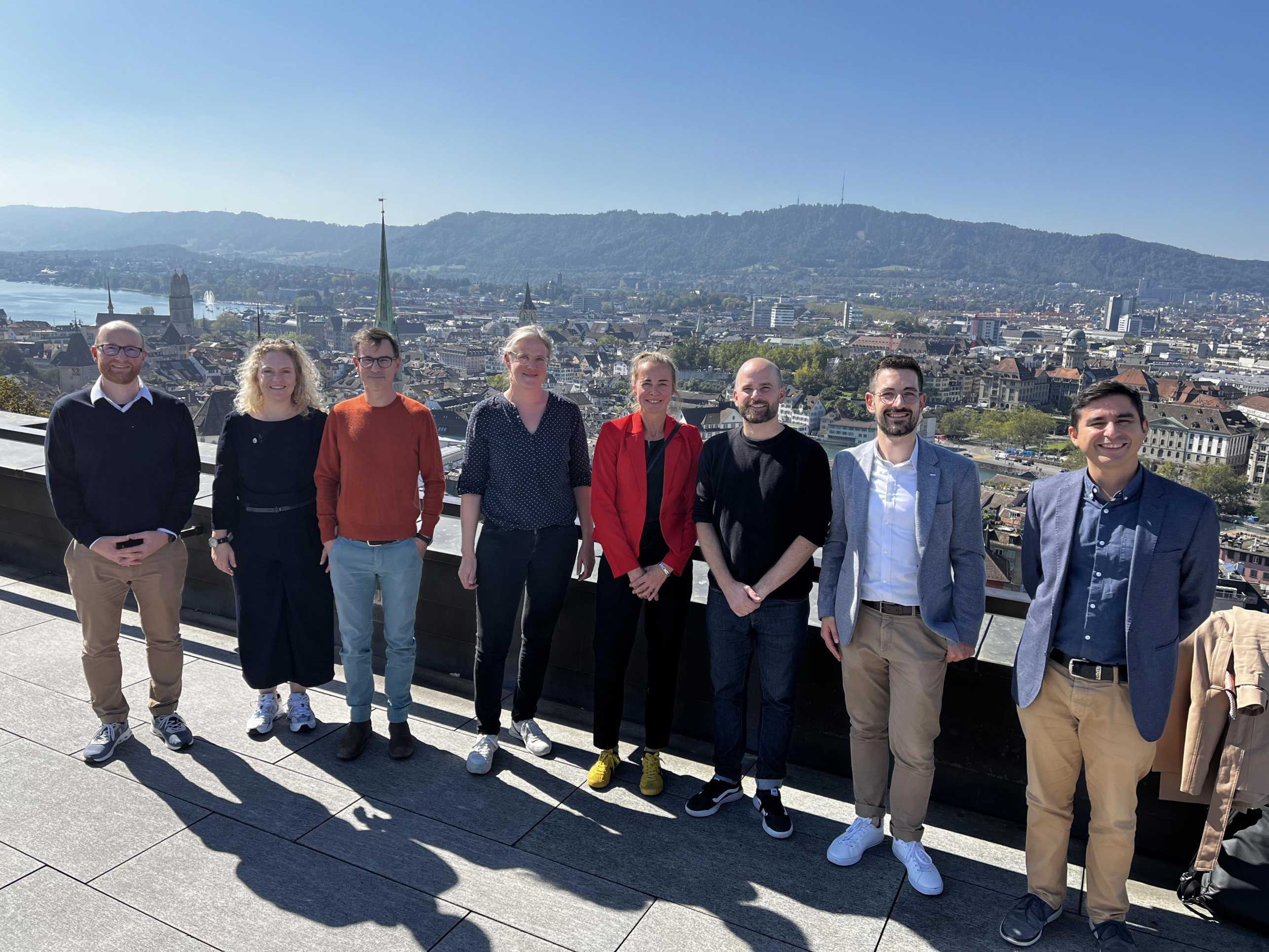
Improved transport links also make hubs a magnet for new residential projects. “From a spatial planning point of view, it really makes sense to densify where the transport infrastructure is already in place,” Witter says. For Kaufmann, how-ever, this is only half the story. He has gathered extensive data showing that this kind of development can also have negative consequences. “New housing in areas with good transport is expensive – too expensive for people on lower incomes,” he explains. “They can’t afford it and get squeezed out by younger, higher-income households.” What’s more, he argues, the Swiss expect more from a transport hub than smooth connectivity between different types of transport and a bit of shopping on the side. “There’s also a strong perception of stations as public spaces that help define a neighbourhood’s identity,” Kaufmann says.
For Witter, such findings are a key input for the consultation process on transport hubs back at the Federal Administration. “We also have to factor in the displacement effects of densification and the need for public space,” she explains. As a result, she will now pay more heed to the station layout for the projects in which she is involved. For example, are there enough attractive spaces that can be used by the public without the requirement to consume?
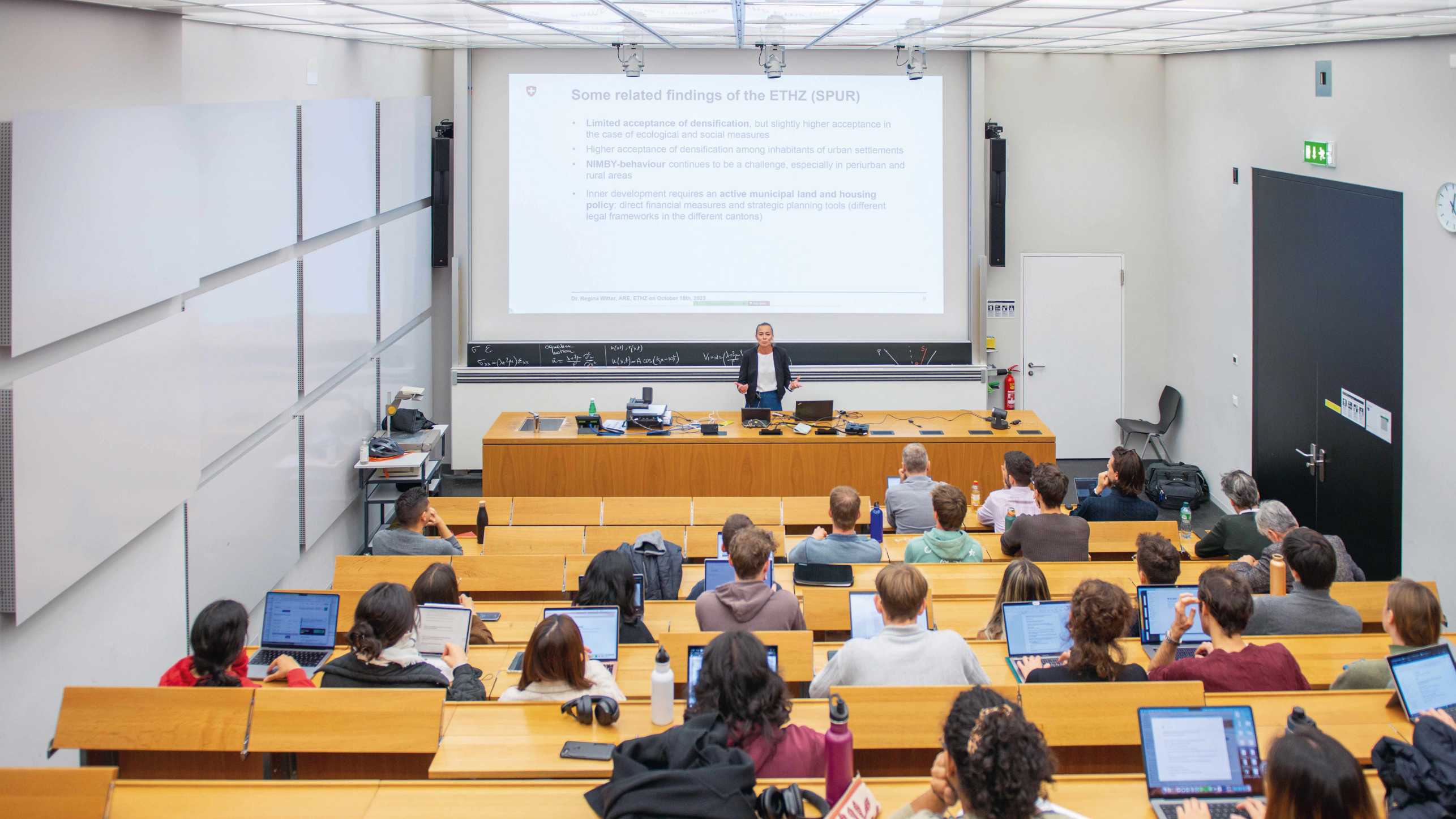
Kaufmann is also benefiting from his newfound contact with Witter. For example, it has enabled him to substantially build his network at the ARE – not least in middle management, where many programmes get drafted and implemented. What’s more, he has also been able to get Witter on board for a joint seminar: “It’s going to be so exciting for our students to see first-hand how spatial and transport planning works in practice!”
Looking ahead
Many of the one-on-one discussions that Witter held at ETH Zurich covered not only spatial planning but also the field of transport planning. Professor Kay Axhausen, since retired, showed her a visualisation of what Zurich’s streets might look like if half the road network were reserved for bicycles and e-bikes. And Professor Emilio Frazzoli talked with Witter about self-driving cars and buses. According to Frazzoli, it is highly unlikely that this technology will become widespread over the next ten years, as there are still too many safety concerns. That said, they were in agreement that autonomous vehicles could complement public transport, especially in regions with a less well-developed transport infrastructure. Meanwhile, Witter’s discussions with Professor Francesco Corman addressed the use of digital twins to model future traffic scenarios. This can serve, for example, to analyse city traffic flows and simulate various planning options. “For me, these discussions were like opening a window on the future of transport policy,” Witter says.
Her stay ended on a decidedly practical note – with a workshop on the relationship in Switzerland between government and science. Here, she explained to up-and-coming researchers how they can contribute to the political process and what they need to bear in mind when communicating with the administration. With her inside knowledge, Witter had plenty of valuable advice to offer.
ETH Zurich and the Federal Office of Personnel will continue to jointly offer the ETH Policy Fellowship to employees of the Federal Administration.
Globe The Basel connection
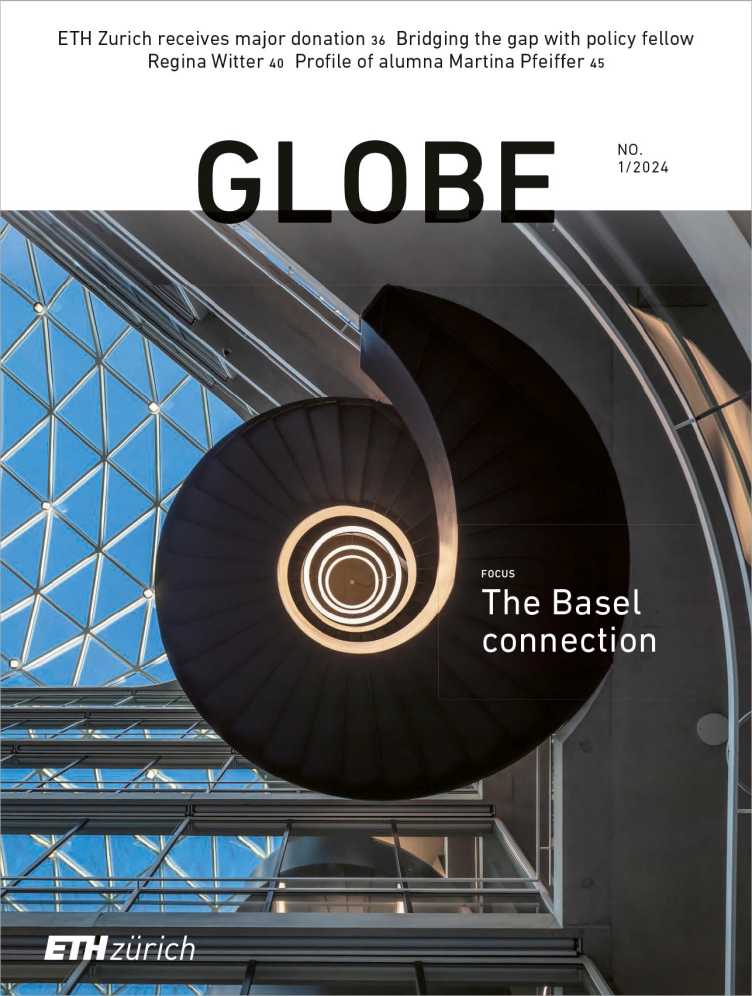
This text appeared in the 24/01 issue of the ETH magazine Globe.
DownloadRead whole issue (PDF, 3.5 MB)

